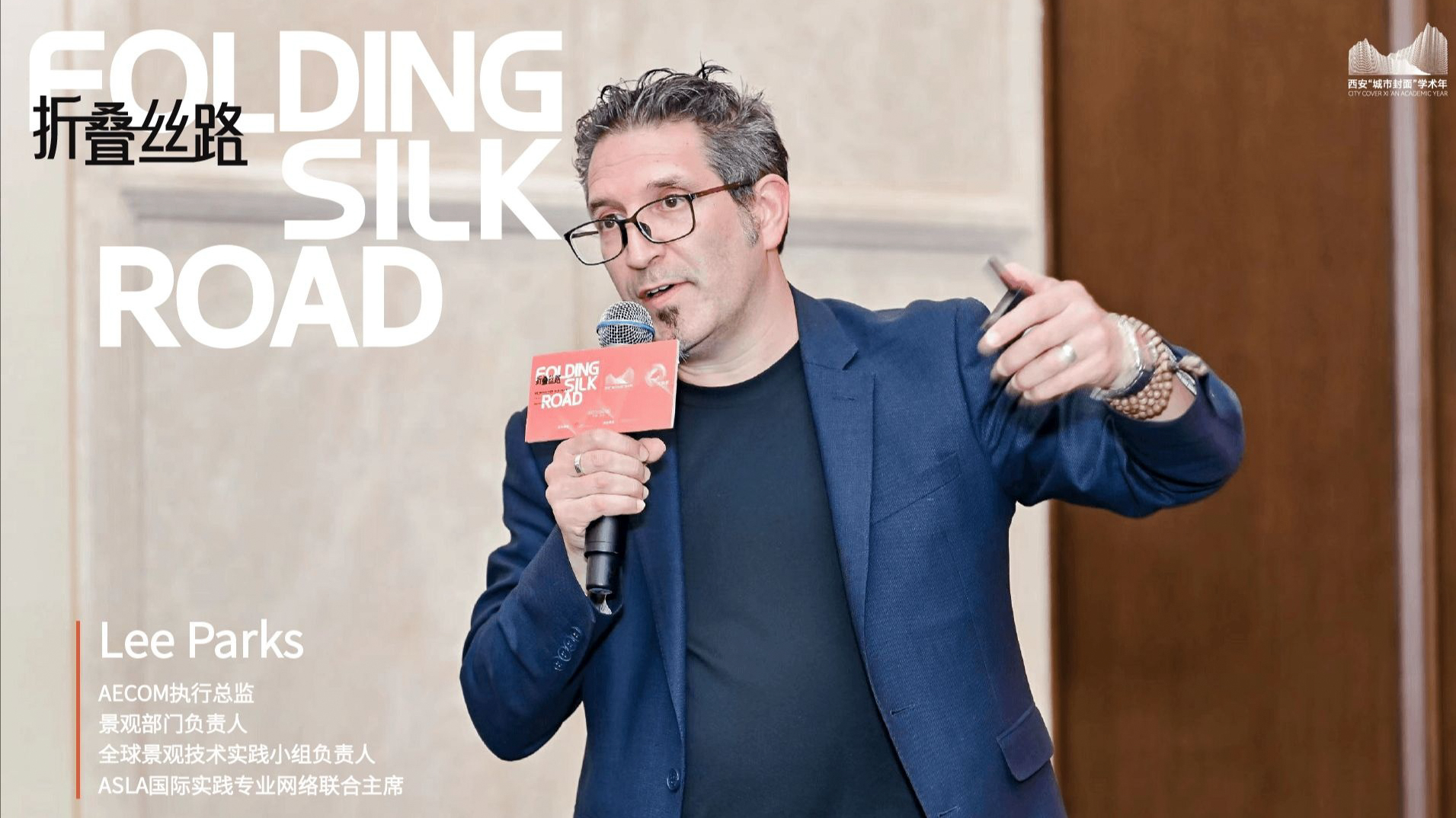 "/>
"/>
 "/>
"/>


AECOM/Lee Parks(李程)
在科技时代的城市发展中,景观的力量不容小觑:通过营造更具包容性、可持续性的城市公共空间,为历史文化街区增添活力。在更宏观的层面,景观连接起城市街区与周边生态空间,将城市与自然相连,甚至跨越国界。西安,这座“一带一路”开放之都,不仅可以通往历史文化丝路、科技创新发展丝路,也可以将高新科技与景观设计结合,打造生态环境保护的绿色丝路走廊。
For urban development in this technological age, the power of landscape cannot be underestimated. It can revitalize historical heritage by creating a more inclusive and sustainable public space. At a macro level, landscape connects communities to the surrounding green space, and cities to the greater nature. This is a connectivity which may even extend beyond national borders. Xi’an, as an open metropolis of the Belt and Road Initiative, can not only lead to a Silk Road of history and culture, of technological development and innovation, but also a green Silk-Road- corridor of environmental protection, by integrating landscape with high-tech development.
